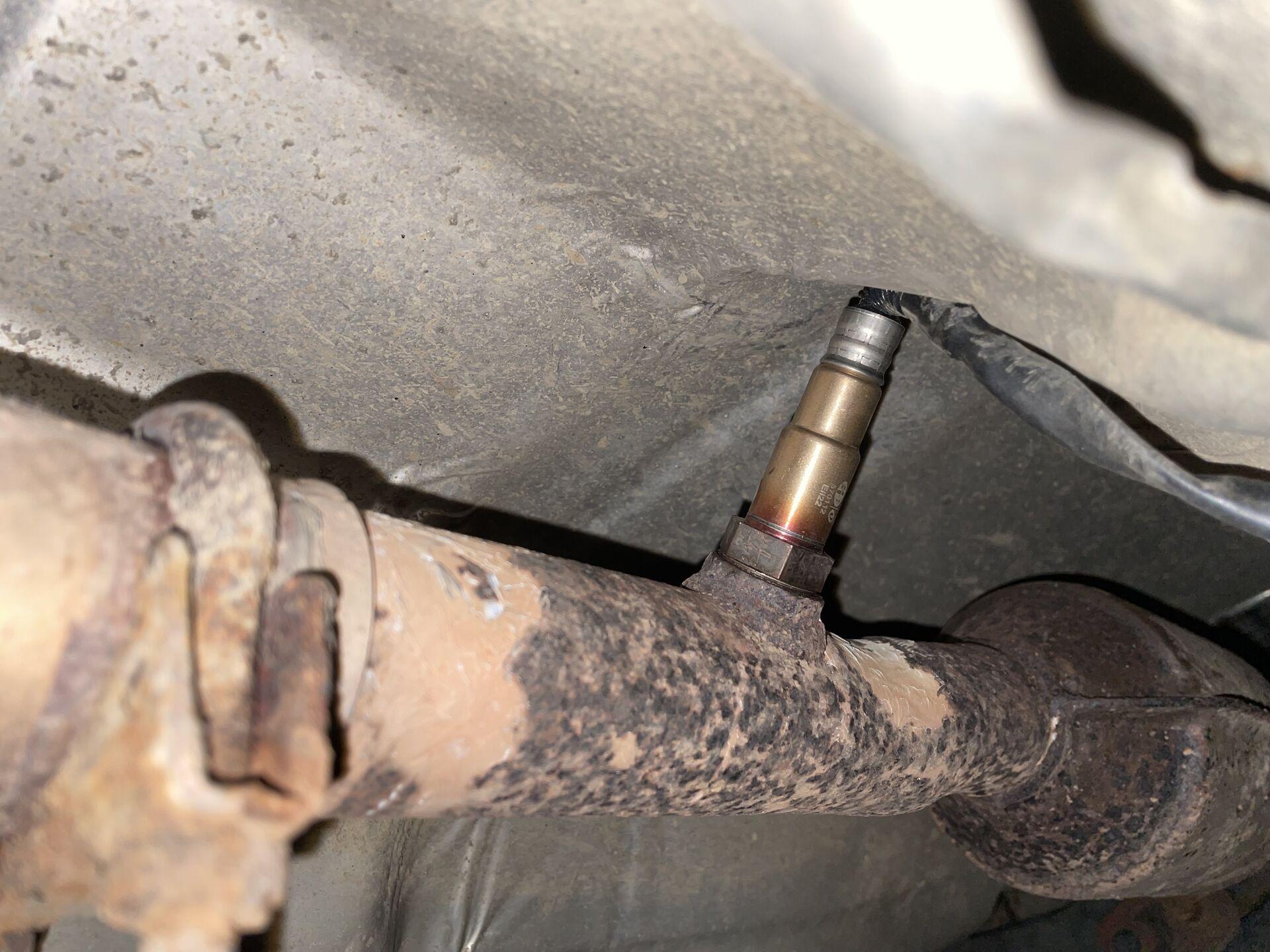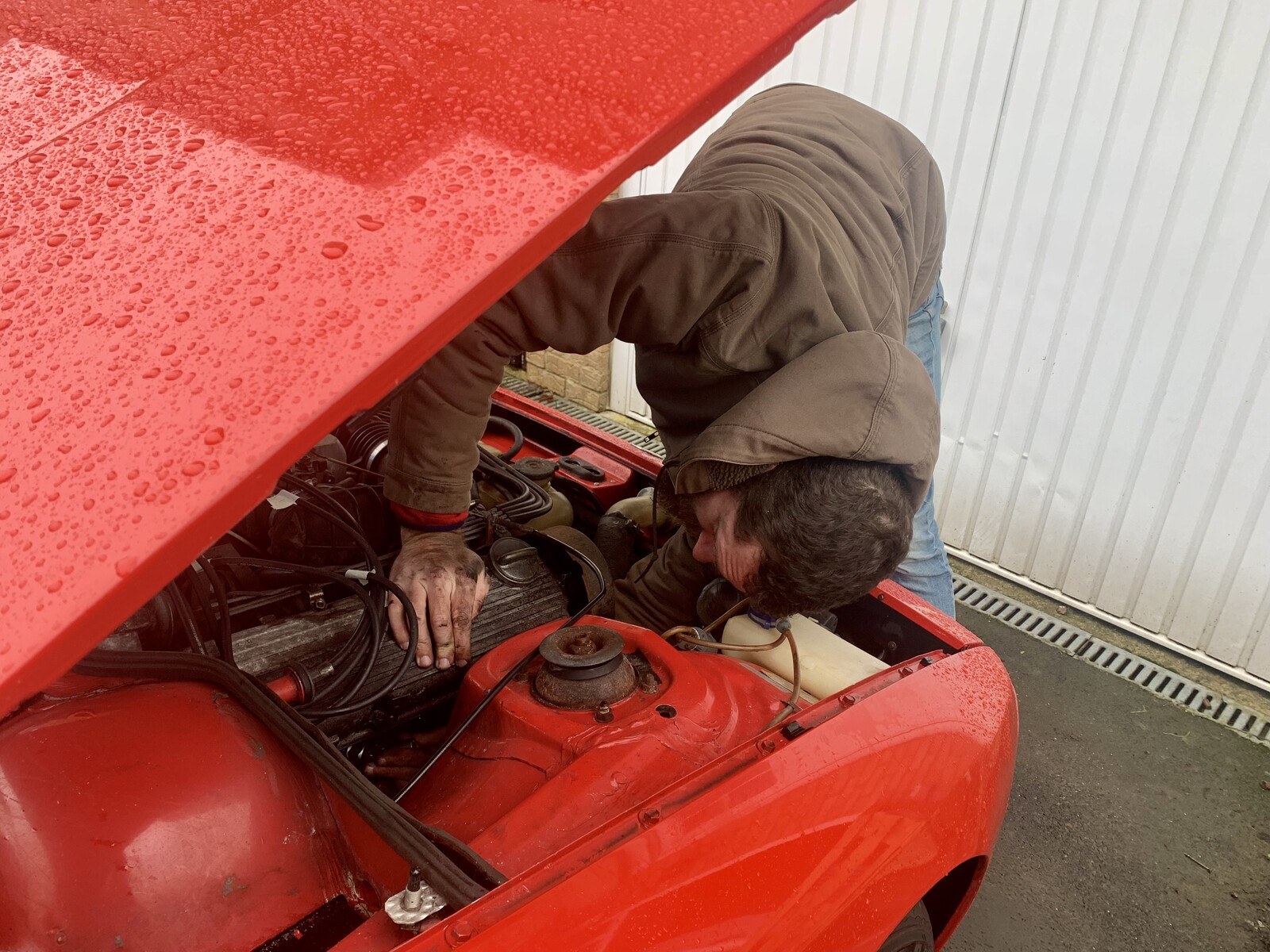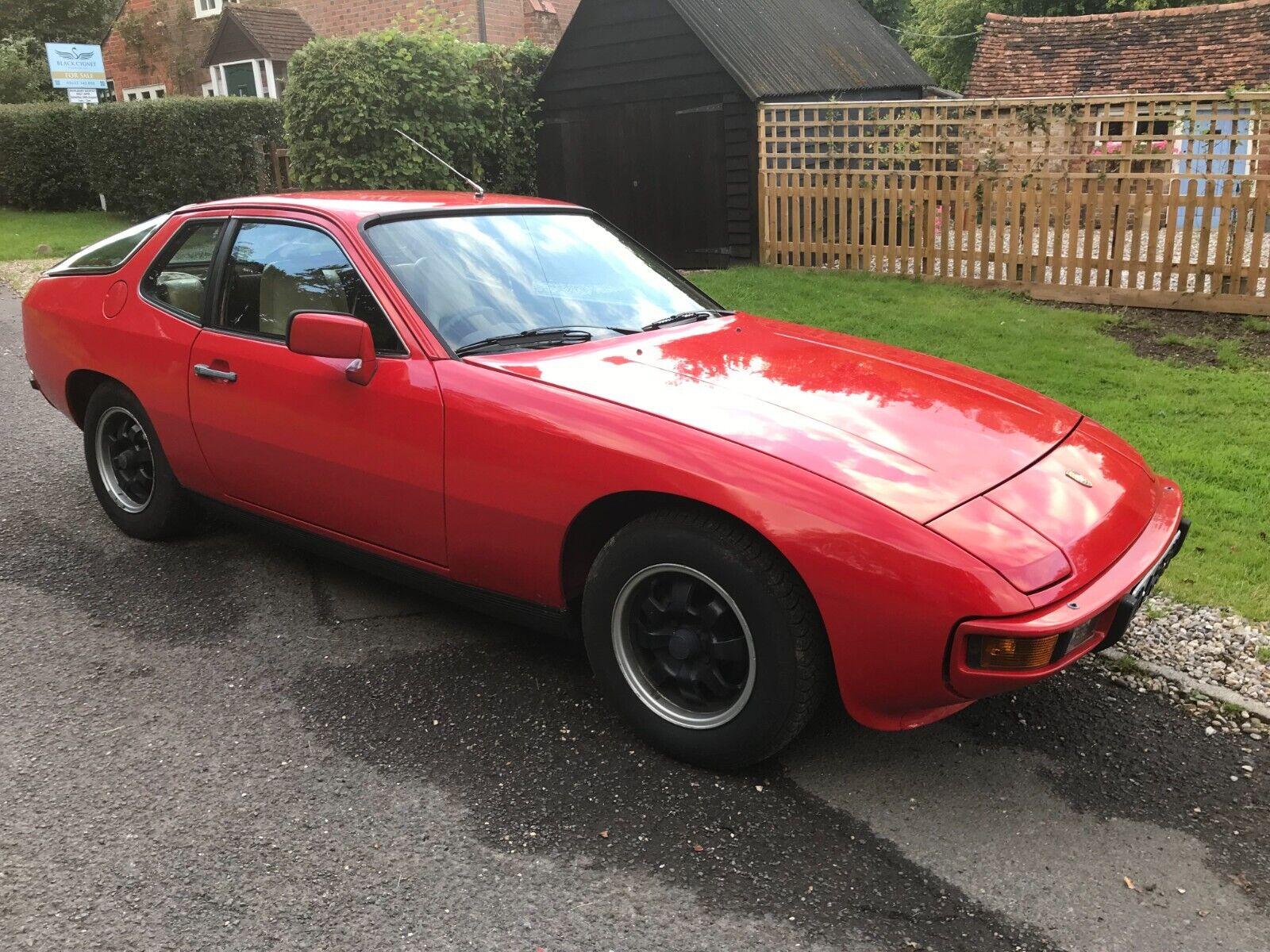Earlier this year we had to get rid of Sam's 2002 Renault Clio. This was her first car, and she'd made a ton of precious memories with it, and it hurt to let it go. Rust had started to eat through the bodywork and the electrics were going increasingly unreliable, so it didn't make sense to keep it around.
Sam's long been wanting to replace it with a classic, however. Something from the 1980s or 90s, when cars had Soul and polluted gratuitously and when computers hadn't even made it to the manufacturing lines, much less the vehicles themselves. Sam had been mulling over trying to find an old Mini: fat chance. She'd also been considering a sturdy MX-5, long hailed as Always The Answer, though I don't think it spoke to her, particularly.
Then this came up on eBay, and reader, we bought it.
It's a 1980 Porsche 924. Long considered barely a Porsche at all, featuring a robust inline-four from an Audi Estate by way of a VW van, liquid cooling, and most heretically, an engine at the front. Made in Stuttgart? Don't make me laugh. Originally designed as a sports tourer for VW, the corporate winds shifted at the last minute and VW scrapped plans and opted to build the Scirocco instead (not the cool second-gen one), leaving Porsche with the distinctly un-Porschelike machine that now lives, securely wrapped in a fleece cover, in our driveway.
The good: the important stuff. The engine runs smoothly thanks to bulletproof 1970s German engineering and simple mechanical fuel injection. The electrics are all in working order: pop-up headlights, power windows, windscreen wipers. The load-bearing parts are rust-free. The bad: the upholstery is falling apart. The tacho- and odometer don't work. The tread is delaminating from the tyre. We don't have a garage.
I drove it most of the way back from Reading over the weekend. It's comfortable at highway speeds, though it's a little thirstier than the economy Skoda I'm used to. It handles terrifically, tyres notwithstanding. It's slow, and it feels a little bit like trying to ride a horse, but it's thrilling. We're going to get the interior sorted out and a set of nice tyres and start taking it to car shows.




